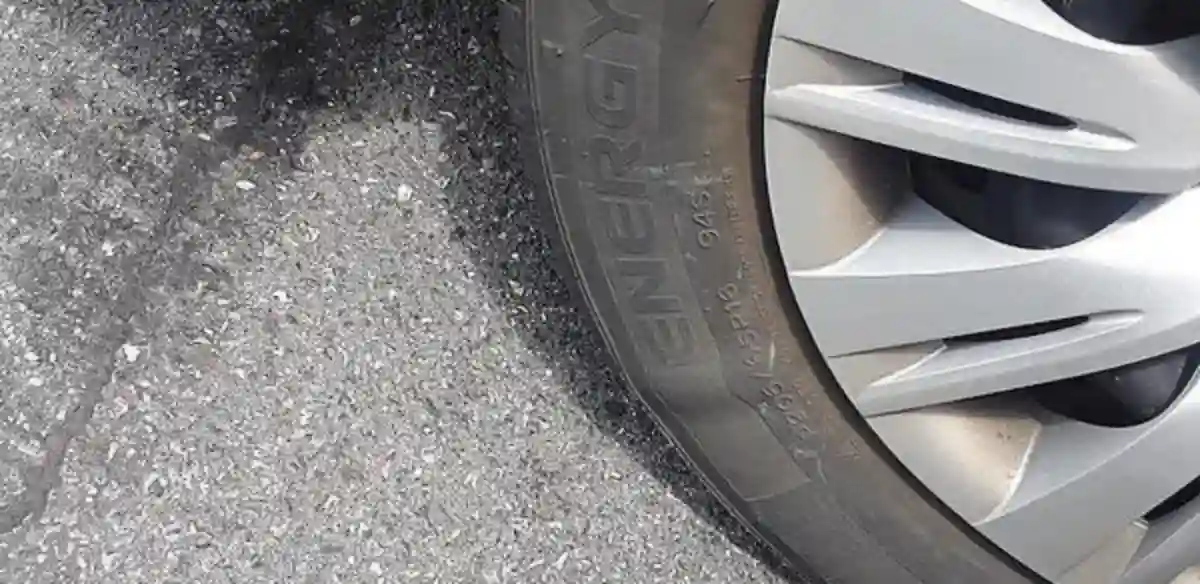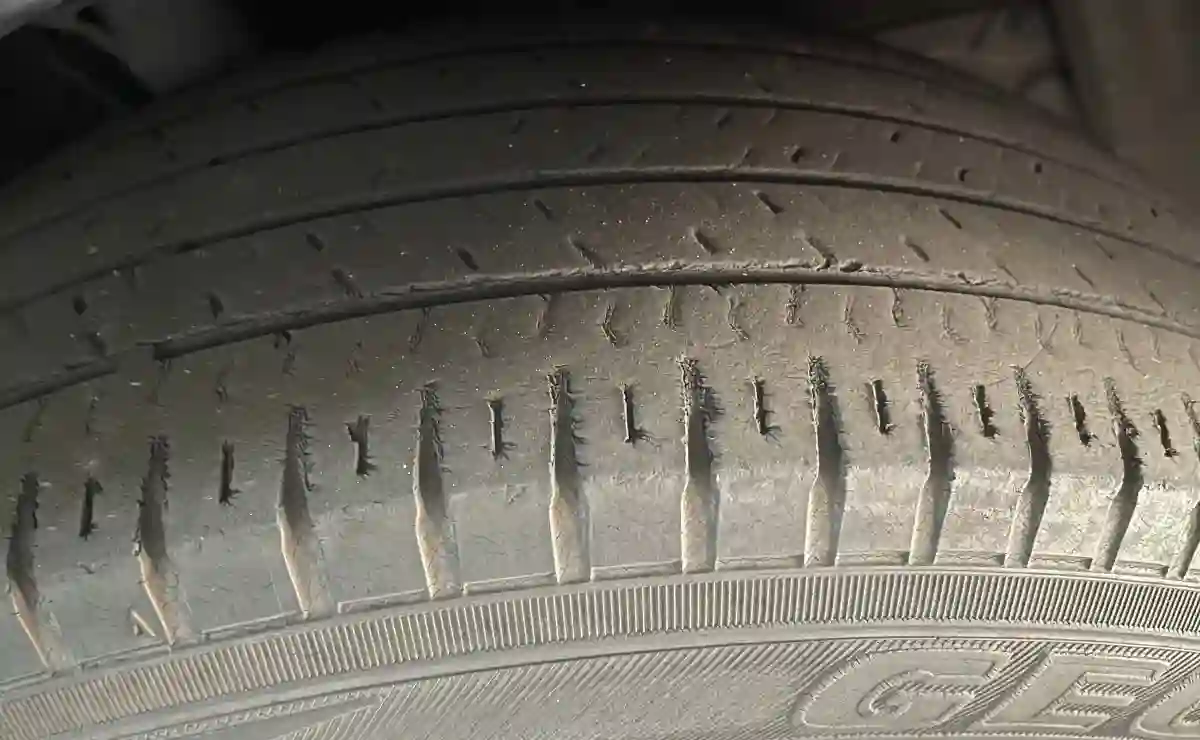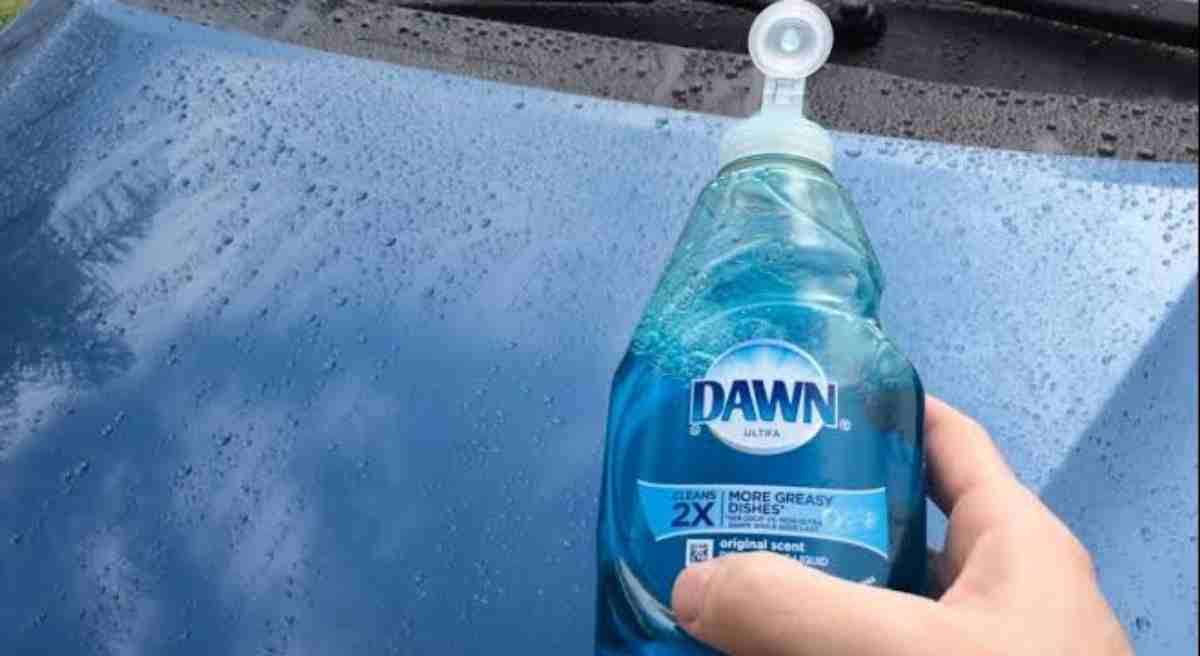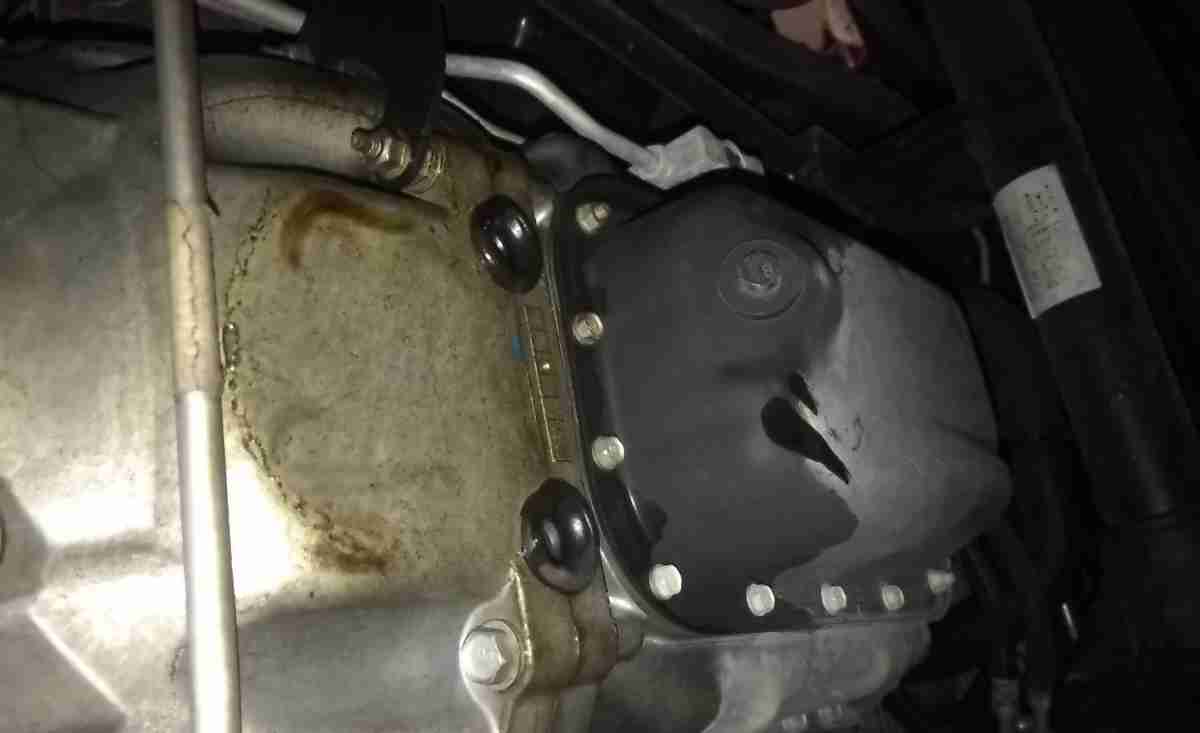So, you are behind the wheel and notice a sudden decrease in your tire pressure. That hurts, coupled with the potential inconvenience it may cause you. But you have some things to do if your tire pressure is low, and this typically will help prevent tire damage.
Many people instinctively pull to the side of the road and contact a mechanic. However, there are several self-help measures you can take to restore your tire pressure to normal. In this post, we have explored those options, as well as preventative measures to help against such an experience in the future.
What is Tire Pressure?

Generally, tires are the only component of your car that directly interfaces with the road. So, you can expect that the condition of your tires affects the vehicle’s maneuverability, comfort, braking system, and overall safety. Therefore, for optimal performance, you want to maintain the right air pressure, tread depth, and balance in your tires, and keep your vehicle’s wheels correctly aligned.
Each tire has a manufacturer-recommended air pressure level, typically located on the tire sidewall or in the vehicle owner’s manual. And you want to maintain the recommended pressure contributes to:
- enhance fuel efficiency;
- experience a smoother ride;
- increase the longevity of your tires; and
- prevent incidents like tire blowouts or flats.
You should make a habit of checking your tire pressure at least once a month. This monthly check is essential as, on average, tires lose around 1 pound per square inch (PSI) of tire pressure every month. PSI is the minimum air pressure necessary to support your vehicle at its maximum load.
What Causes Low Tire Pressure?
Low tire pressure might be due to a leak, the natural tendency of tires to lose roughly 1 PSI each month, or temperature fluctuations. For instance, for every 10-degree drop in temperature, a tire loses about 1 PSI.
This means that even properly inflated tires in summer could be low enough by winter to trigger the tire pressure warning.
If your tire pressure warning lights up on a chilly morning, it may turn off as the ambient temperature rises enough to restore the tires to an adequate pressure level. Moreover, the internal pressure of tires increases by about 3 PSI as they warm up while driving, which might cause the Tire Pressure Monitoring System (TPMS) warning to turn on in the morning and disappear later in the day.
Having said that, there are smart things you can do when your tire pressure is low. Let’s discuss this in the next section.
Things to Do if Your Tire Pressure is Low

As soon as it’s safe, pull over and check your tire pressure. Some systems provide a general warning, while others specify the pressure level. If you stubbornly drive with incorrectly inflated tires, it depletes fuel efficiency (since underinflated tires are less economical) and introduces poorer ride and steering performance, especially in emergency scenarios.
Note that the warning light may flicker on and off due to temperature variations, including the heat generated in the tire during driving. Usually, the disappearance of the warning light does not necessarily mean your tires are properly inflated.
Thus, regardless of what your tire pressure monitoring system (TPMS) indicates, regular tire pressure inspections are always recommended. Also, you should inspect your tire pressure monthly, noting that the TPMS is a cautionary system, not a maintenance instrument.
| S/N | Things to do if your tire pressure is low |
|---|---|
| 1 | Check all tires for visible damage. |
| 2 | Use a tire pressure gauge to measure the pressure of each tire. |
| 3 | Refer to the vehicle’s manual or tire placard for the recommended pressure. |
| 4 | Inflate the tires using an air compressor, adding air in short bursts. |
| 5 | Recheck the tire pressure to ensure it’s at the correct level. |
| 6 | Regularly monitor the tire pressure, especially before long trips. |
| 7 | Address any leaks or damage by seeking professional assistance. |
If you decide to DIY, you may be able to fix tire pressure yourself.
How to Prevent Drops in Tire Pressure
Having known the things to do if your tire pressure is low, you still want to prevent this incident! The most effective way to keep your tire pressure from falling is through regular checks.
So, always inspect your tire pressure at least once a month, or more frequently if you’re in an area with significant temperature variations.
Besides, chilly weather can trigger a drop in your tire pressure, so remember to inspect it as winter approaches. If you’ve recently driven on rugged terrain or encountered a curb or pothole, ensure you check your tire pressure as such incidents can cause air loss from your tires. What if you are not sure about how to go about this? Drop by your local auto mechanic to help you fix the problem.
Has Your TPMS Turned On?
If the TPMS warning light is on, locate the nearest gas or service station to check the pressure in all four tires (including the spare, if available). You need to add air to reach the pressure specified on a label located within the driver’s side door.
Once all tires are correctly inflated, the warning light may turn off after you’ve driven a few miles. If the light persists beyond roughly 10 miles of driving, you may need to reset the TPMS according to instructions provided in the vehicle owner’s manual.
If the warning light is activated even though all your tires are within the recommended pressure range, a faulty tire pressure monitoring sensor may need replacement.
So, What is this Tire Pressure Monitoring System?
The TPMS monitors the air pressure within each of your vehicle’s tires. It works individually on each wheel and triggers a warning light (the tire/exclamation point icon) on the dashboard if the tire pressure is excessively low.
Typically, this notification activates when the pressure falls 25% below the manufacturer’s recommended cold-tire pressure. You can measure this pressure when the tires have been stationary for a minimum of 3 hours.
There are 2 main types of TPMS: direct systems and indirect systems:
- Direct systems. The most common type in the U.S., and uses a pressure sensor/transmitter attached to the wheel. This sensor/transmitter is usually fixed to the end of the valve stem, hidden within the tire’s air chamber. A few direct systems separate the sensor/transmitter from the valve stem and secure it to the wheel interior with a metal strap.
- Indirect systems. These determine their data by comparing the rotation of the vehicle’s tires. Indirect systems use wheel-speed sensors (part of the antilock brake system) to monitor the revolutions of all four tires as the vehicle moves. The central processor of the indirect system uses advanced algorithms to detect minor changes in tire rotation speed, which can be caused by different inflation pressures across the four wheels.
Do You Need New Sensors When Replacing Tires?
Not always. Tire pressure sensors aren’t permanently fixed to the old tires and can be reused if they’re still functioning properly. Typically, however, the sensor’s battery lasts around 10 years, after which the sensor requires replacement.
Are TPMS Sensors Expensive?
The cost varies, partially based on the type of work being done. If you’re already getting new tires, the sensors will be easily accessible and require only a small amount of time and labor to replace.
The cost escalates significantly if the replacement isn’t coupled with a tire change. Direct sensors for most common vehicles typically cost between $40 and $60, as per listings on tirerack.com.
While some “niche vehicles” might have sensors that cost hundreds of dollars, these highly specialized sensors are extremely rare.
Do You Need New Sensors When Getting New Tires?

Not necessarily. Tire-pressure sensors are not permanently attached to the old tires and can be reused if they are still functioning properly.
However, according to experts, the sensor’s battery typically lasts about 10 years, after which the sensor may need to be replaced.
Are TPMS Sensors Costly?
The cost of TPMS sensors depends on the specific work being done. If you are already getting new tires, the sensors will be easily accessible, and changing them will require only a short amount of time and labor.
It becomes much more expensive to replace them when you are not getting new tires. The average price for a direct sensor ranges from $40 to $60 for most common vehicles. Some niche vehicles may have sensors that cost hundreds of dollars, but these highly specialized sensors are extremely uncommon.
Can I Still Drive with Low Tire Pressure?
If your tire pressure is a little low, you can still drive safely for a while before adding air. However, if your tire pressure is very low, it can be dangerous. It may cause your tire to fail suddenly, resulting in a dangerous blowout.
Low tire pressure also leads to poor traction and less ability to absorb bumps on the road. This is especially risky in bad weather like rain or snow because your tires won’t grip the road well when driving or turning.
The tire pressure light is there to notify you when there’s an issue with your tire pressure, so don’t ignore it. Ignoring it could put you at risk of a flat tire or having to worry about the things to do if your tire pressure is low yet again.
A blowout can have serious consequences for your safety, your passengers’ safety, and the safety of other drivers. Make sure to stop at a gas station as soon as possible and fill your tires with air until they reach the recommended levels.
Contact Your Local Auto Repair Shop
Consider your local auto shop for a comprehensive solution for tire concerns and all auto repair requirements. Certified technicians at your disposal can identify, maintain, and repair your vehicle using cutting-edge alignment and diagnostic tools.
They typically apply extensive expertise, which gives them an advantage when it comes to equipping your vehicle with new tires from top brands such as Good Year, Michelin, Cooper Tires, Continental Tire, BFGoodrich, Firestone, Toyo, Sumitomo, Yokohama, Nitto, and others in stock.


